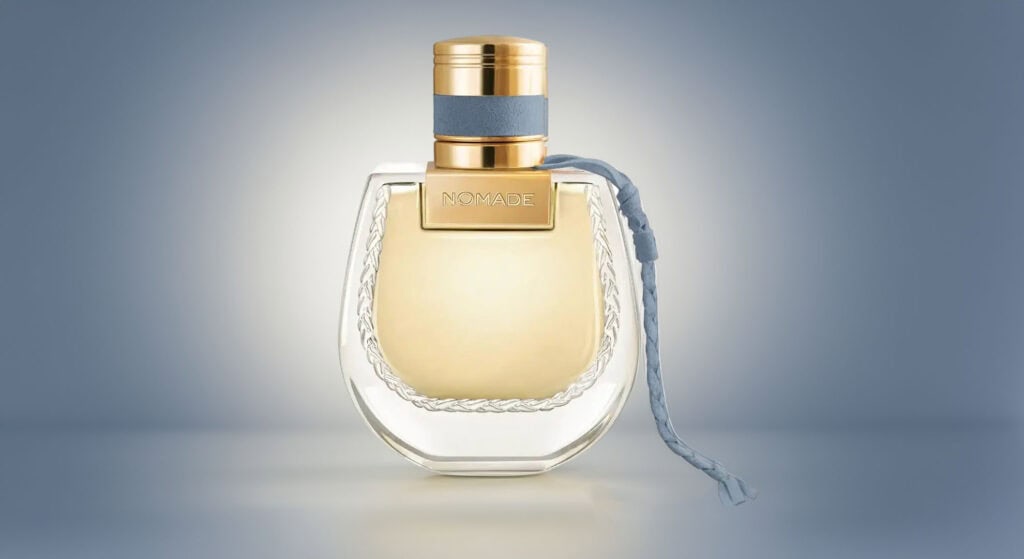Kyphi: The Ancient Art of Fragrance
Kyphi, one of the oldest recorded incense blends, originates from ancient Egypt, where it held a prominent place in spiritual, medicinal, and perfumery traditions. Crafted with precision and care, Kyphi was composed of resins, spices, herbs, and sweeteners. Its aroma is warm, rich, and layered, evoking a sense of serenity and connection. Its complex preparation reflects a deep understanding of the interplay between ingredients, creating a harmonious and enduring fragrance.
The Ingredients and Preparation of Kyphi
Kyphi was not a single recipe but a category of incense, with variations detailed in texts such as the Ebers Papyrus and inscriptions from Edfu Temple. These recipes reveal a sophisticated blending process, with ingredients chosen for their scent, symbolic meaning, and functional properties.
- Resins: Frankincense and myrrh formed the aromatic base, contributing depth and a resinous sweetness. These resins, often associated with purification, gave Kyphi its warm, balsamic character.
- Spices: Cinnamon, cassia, and other spices added warmth and a subtle spiciness, enhancing the richness of the blend.
- Herbs: Mint, juniper, and other botanicals introduced green and fresh undertones, balancing the heavier resins and spices.
- Sweeteners: Ingredients such as honey, raisins, or wine provided a soft sweetness that harmonized the blend, creating a smooth and rounded profile.
- Binding Agents: Gum arabic and other natural binders ensured the mixture could be shaped for burning as incense.
The preparation of Kyphi was a meditative process involving grinding, mixing, and macerating the ingredients over several days. This slow and deliberate method allowed the components to meld, resulting in a unified and long-lasting fragrance.
Uses and Cultural Significance
Kyphi was more than an incense; it was integral to the spiritual and cultural life of ancient Egypt. It was burned in temples as an offering to the gods and used in homes for purification and relaxation. The smoke of Kyphi was believed to calm the mind, aid sleep, and create a connection between the earthly and divine realms.
Its role extended beyond ritual use. Some texts describe Kyphi’s use in medicine, where its ingredients were thought to have therapeutic properties. It was also valued for its ability to freshen the air and ward off pests, making it practical as well as symbolic.
Kyphi in Modern Perfumery
The legacy of Kyphi influences modern perfumery, where its structure and ingredients inspire compositions that seek to capture its depth and complexity. While exact recreations are rare, the principles behind Kyphi guide the creation of fragrances with similarly rich and layered profiles.
- Oriental and Resinous Scents: Resins like frankincense and myrrh are central to Kyphi’s aroma, forming the backbone of warm and balsamic compositions.
- Spiced Blends: The spices in Kyphi lend themselves to perfumes that emphasize warmth and sensuality, often paired with amber and woody notes.
- Herbal Accents: The fresh and green elements of Kyphi inspire fragrances that balance richness with a hint of brightness, creating depth without heaviness.
Enduring Influence of Kyphi
Kyphi’s significance lies in its ability to connect the senses with the sacred and the practical. Its carefully crafted aroma reflects a profound understanding of fragrance as an art and a tool for well-being. As an inspiration for modern perfumery, Kyphi serves as a reminder of the timeless appeal of rich, harmonious scents. Its layered composition continues to evoke a sense of balance, grounding, and transcendence, ensuring its place in the history of fragrance.
Love this fragrance? Share your thoughts! Your vote helps other perfume lovers discover new favorites. Rate it now and make your mark!
Click on a star to rate it!
Average rating 0 / 5. Vote count: 0
No votes so far! Be the first to rate this post.
